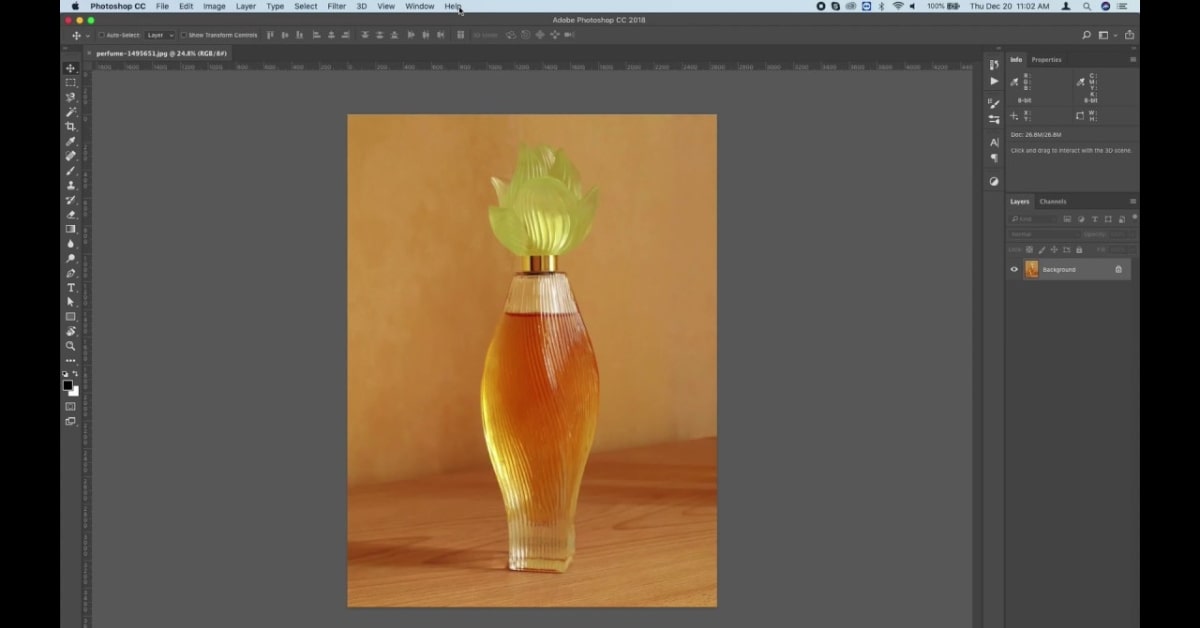TIFF (Tagged Image File Format) images are renowned for their versatility and high-quality graphics. However, one question that often arises is whether a TIFF image can have a clipping path. In this article, we will explore the world of TIFF images, the concept of clipping paths services, and the possibilities and applications of combining them to enhance your image editing projects.
What is a Clipping Path?
A clipping path is a vector-based outline used in image editing to isolate or remove objects from their backgrounds. It defines which part of an image is visible and which part is transparent or hidden.
Understanding the TIFF Image Format
TIFF is a flexible and widely used image format known for its high quality, support for multiple layers, and compatibility with both bitmap and vector images. It’s often favored in the professional graphic design and printing industries.
Can a TIFF Image Have a Clipping Path?
Native Clipping Paths in TIFF
Yes, TIFF images can natively support clipping paths. The TIFF format is one of the few raster-based image formats that can embed vector data, making it suitable for storing clipping paths and other image editing information.
Creating Clipping Paths in TIFF
You can create clipping paths in TIFF images using various image editing software, including Adobe Photoshop. These paths can be utilized for various purposes, such as isolating objects, defining image boundaries, or preparing images for print.
Applications of Clipping Paths in TIFF Images
Clipping paths in TIFF images find extensive use in several areas:
- Product Photography: They are essential for e-commerce websites, allowing products to be showcased with a clean, white background.
- Print Design: Clipping paths are used to isolate images and prepare them for high-quality printing, ensuring crisp and accurate results.
- Photography: They enable photographers to extract subjects from complex backgrounds, creating striking compositions.
- Graphic Design: Clipping paths are used to manipulate images, control transparency, and create unique visual effects.
FAQs
Can I add a clipping path to an existing TIFF image?
Yes, you can create and add a clipping path to a TIFF image using image editing software like Adobe Photoshop.
Are TIFF images suitable for professional printing projects?
Absolutely. TIFF images, with their support for clipping paths and high quality, are ideal for professional print design.
What’s the difference between a TIFF clipping path and a rasterized image?
A TIFF clipping path retains vector data, allowing for precise object isolation, whereas a rasterized image is composed of pixels and lacks the same precision.
Conclusion
In the realm of image editing, TIFF images stand out as a versatile format that natively supports clipping paths, making them a preferred choice for professional graphic designers, photographers, and printing projects. Understanding the capabilities and applications of clipping paths in TIFF images empowers you to harness their full potential in your image editing endeavors, resulting in visually stunning and high-quality graphics.
This page was last edited on 20 February 2024, at 2:50 pm
